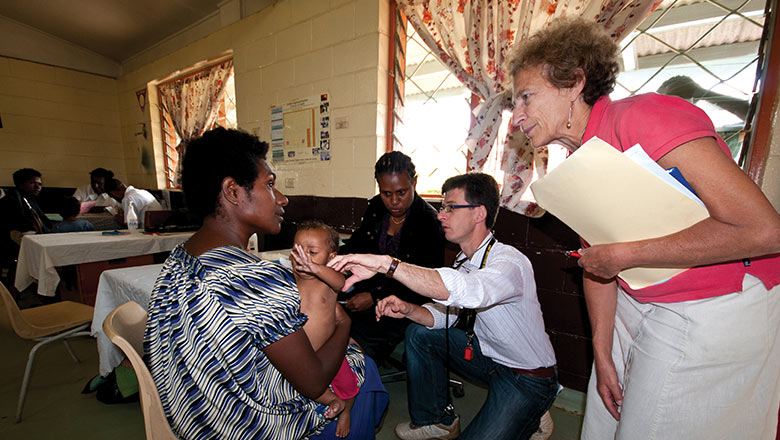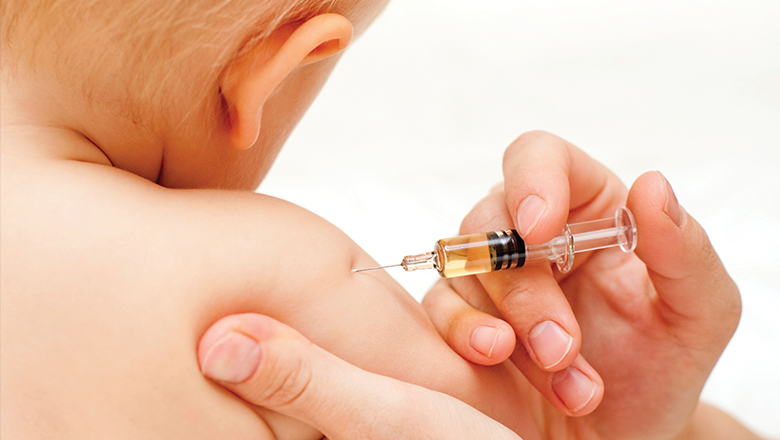Search
Research
Influenza vaccine effectiveness against laboratory-confirmed influenza in healthy children aged 6-59 months:The Western Australian Influenza Vaccine Effectiveness study commenced in 2008 to evaluate a new program to provide free influenza vaccine to all children...
Research
Vaccine Effectiveness Against Laboratory-confirmed Influenza in Healthy Young Children A Case-Control StudyThe Western Australian Influenza Vaccine Effectiveness study commenced in 2008 to evaluate a new program to provide free influenza vaccine to all children...
Research
Assessing the protective effect of influenza vaccine against laboratory confirmed influenza in hospitalised children aged 6-59 monthsInfluenza vaccine was offered to all children aged 6-59 months resident in Western Australia in 2008, and we wished to evaluate the effectiveness of this immunisation programme.

News & Events
Collaborating to prevent killer diseases in PNGFor more than a decade, The Kids Research Institute Australia and Papua New Guinea Institute of Medical Research have been fighting against killer infectious diseases.

News & Events
Immunisation advice before, during and after pregnancyAre you pregnant or planning to have a baby? There are important vaccinations that you should consider to protect your health and the health of your baby.

News & Events
The good oil on immunisationAs a new parent or parent-to-be, you will be faced with many important decisions about your health and the health of your child, including immunisation.
News & Events
National Indigenous Immunisation Research WorkshopYou are invited to register to attend the National Indigenous Immunisation Research Workshop 2013: lessons learnt and future directions Workshop.
News & Events
The science of immunisation: Questions and answersCommon myths about immunisation have been laid to rest in a new booklet written by top immunologists and published by the Australian Academy of Science.
Research
FluCAN - The Influenza Complications Alert NetworkThe main aim of the study is to provide timely surveillance data to public health authorities on severe influenza.

News & Events
Researchers share their expertise with the community in CockburnResearchers from the Wesfarmers Centre of Vaccines and Infectious Diseases at The Kids Research Institute Australia have shared their expertise with the community in Cockburn, covering topics ranging from respiratory disease in babies to recurring ear infections in kids.
